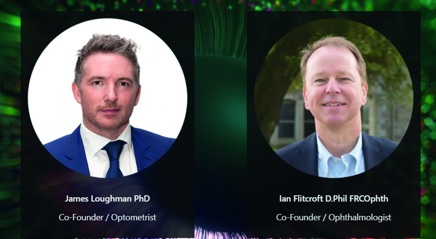
Figure 3: mEye Gauge; axial length without biometry
Ocumetra is an online company, based in Dublin, recently set up by consultant ophthalmologist Ian Flitcroft and optometrist Dr James Loughnan (figure 1).
The company has developed a platform with web-based data tools to make complex clinical information accessible to practitioners and provides the evidence base to inform critical treatment decisions, enabling patients with better communication and promoting better health outcomes for those at risk of blindness or myopia.
Figure 1: Ocumetra was set up by an ophthalmologist and an optometrist

Register now to continue reading
Thank you for visiting Optician Online. Register now to access up to 10 news and opinion articles a month.
Register
Already have an account? Sign in here



